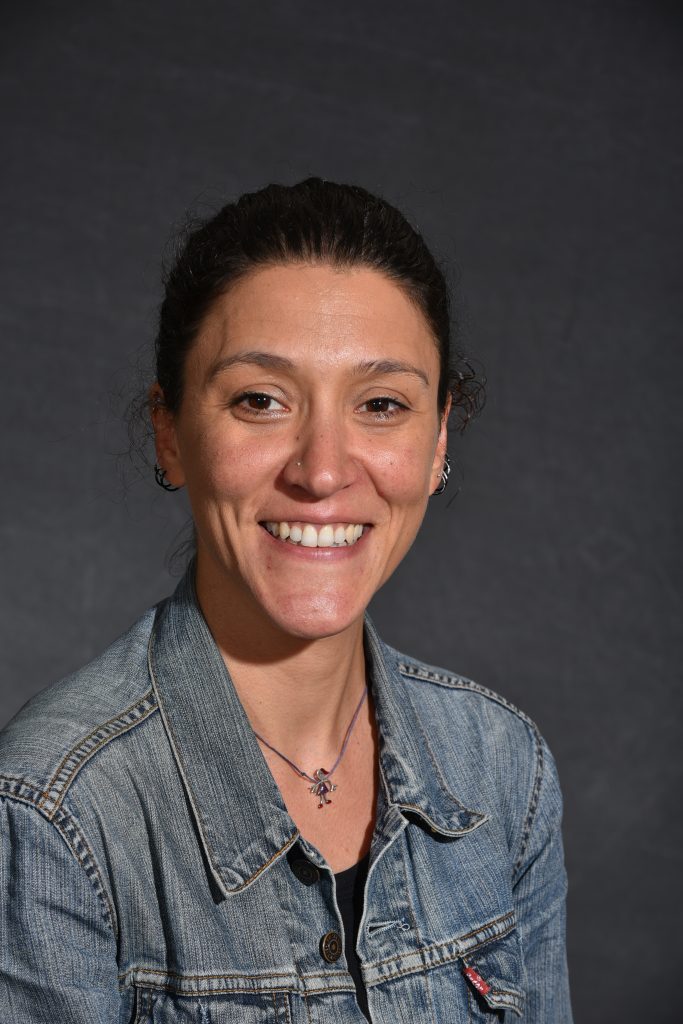Bourni Opens International Connections for Geometric Flow

A UT Department of Mathematics professor’s collaboration earned National Science Foundation (NSF) support and created an opportunity for a group of Vol graduate students and others to connect internationally with experts on the forefront of mathematics.
Associate Professor Theodora Bourni coordinated with Professor Martin Reiris of Uruguay’s Universidad de la República to organize the Geometric Flows and Relativity school and workshop March 11–20, 2024, in Uruguay.
The two-part meeting will feature a week-long summer school in Montevideo, Uruguay, followed by a three-day workshop in nearby Punta del Este. The school will provide attendees first-hand access to current research in geometric flows, a powerful tool in the analysis of many important problems in differential geometry, image processing, and mathematical physics, with a profound impact on each of these fields.
The event grew from smaller-scale classes Bourni and Reiris previously presented in Uruguay, and similar classes Bourni presented over the years in Greece, where she is from.
“We did a kind of mini-course, and a lot of local students attended it,” said Bourni. “So, we said, ‘Let’s try something bigger.’”
Reiris secured local funding in Uruguay to get their plan established, then Bourni sought the NSF grant to expand the potential for attendance from US schools and to invite participation from international scholars. The roster of invited lecturers includes Mat Langford of the Australian National University, Mariel Sáez of the Pontífica Universidad Católica de Chile, and Julian Scheuer of the Goethe Universität, Frankfurt, Germany.
UT graduate students George Babus, Nathan Burns, Alex Squires, and Bryan Walker will accompany Bourni to Uruguay for the class. They will have opportunities to interact with the visiting specialists and exchange ideas with other attendees, many of whom will be mathematicians and students from across South America.
Bourni looks forward to the insight the courses will give her students, who will bring the benefits of their experience back to UT. The interaction also builds connections to UT for international students who attend.
“This will make a new bridge to bring talented students here, and vice versa, you know,” she said. “Once they meet my collaborators, our students could go there to spend some time.”
Bourni has also seen the positive, goodwill results of bringing coursework like this to areas that might not have the resources to organize events with international participation.
“If you go to smaller universities with less opportunities, people are very positive when you do things like this,” she said. “You get a lot of students interested in these events, and they’re very appreciative.”
Bourni hopes to be able to build on this year’s school for future international collaborative events to share the latest developments in the area of geometric flows.
“I would like to do something bigger again, with either South America or with Greece,” she said. “This would be a good opportunity to get more people interested in such events, and try to create a more established connection between UT and Uruguay, but also other places in South America.”